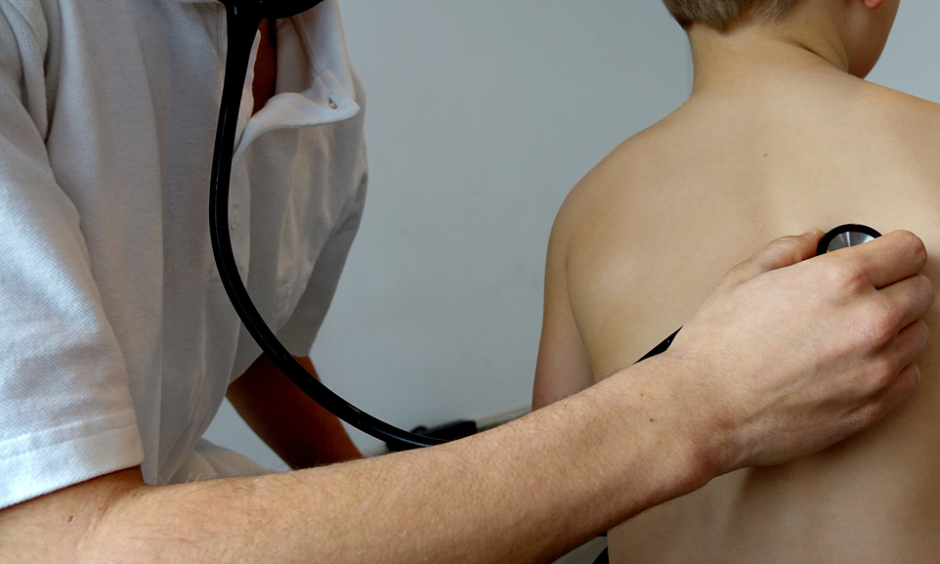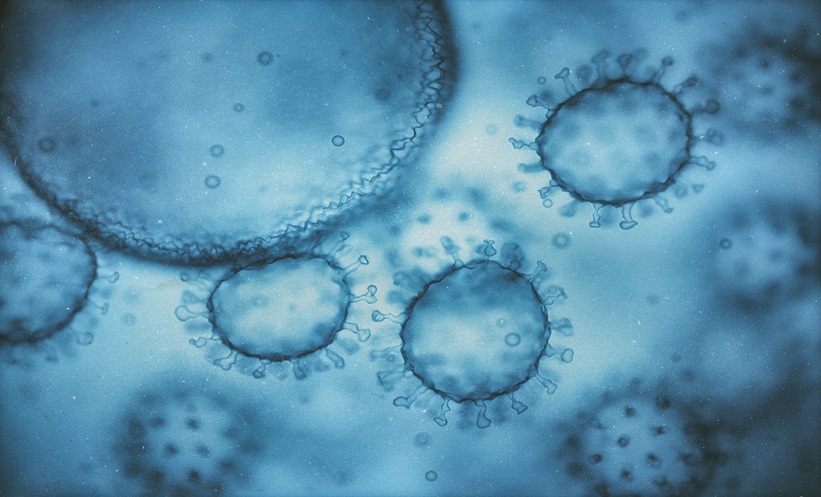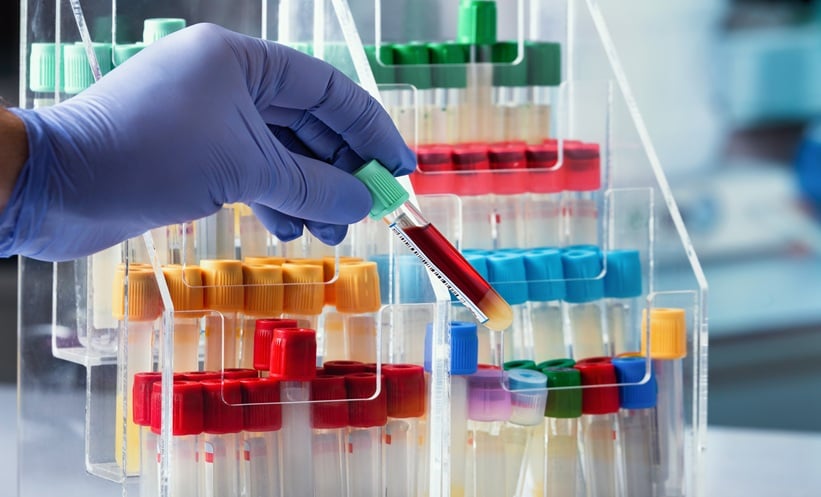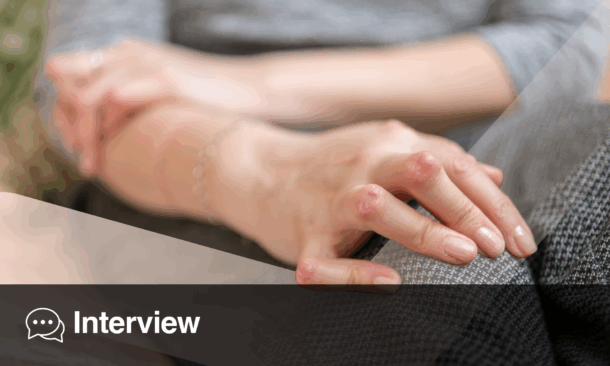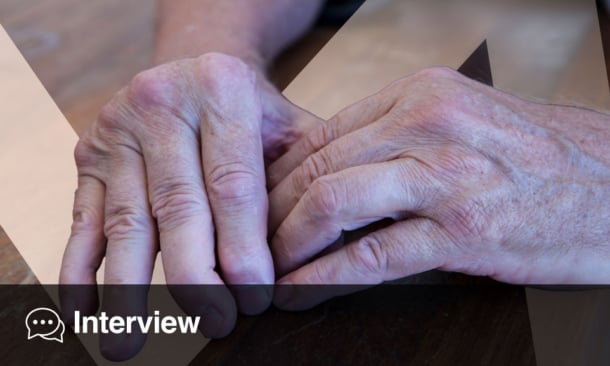ANALYSES performed by researchers at University College London and Great Ormond Street Institute of Child Health, London, UK, have shown cyclophosphamide to improve skin, global, and muscular symptoms relating to juvenile dermatomyositis when used as a second-line therapy; furthermore, there were no short-term side effects.
Researchers set out to demonstrate the efficacy of cyclophosphamide via analyses performed on clinical data from 428 participants in the UK Juvenile Dermatomyositis Cohort and Biomarker Study, which accounted for skin, global, and muscle disease; medications used; and demographics. In unadjusted analysis, skin, global, and muscle disease was reduced at 6, 12, and 24 months among 56 patients treated with cyclophosphamide; additionally, patients treated with cyclophosphamide >1 year ago showed reduced global and skin disease when compared to those not treated with the drug. Skin disease activity was also notably lower in these patients, who presented with a 1.19-unit lower (p=0.0085) Modified Disease Activity Score and a 0.66-unit lower (p=0.027) Physician’s Global Assessment score. Adverse events within 1 year of treatment discontinuation were reported in 3 patients.
Second-line therapies such as this are notoriously difficult to research in a clinical study for many reasons, as Dr Claire T. Deakin, University College London and Great Ormond Street Institute of Child Health, explained: “Evaluating efficacy of second-line treatments in rare diseases is challenging as conventional clinical trials may not be feasible and would take many years to recruit adequate patient numbers for a randomised controlled trial design.” Thus, this research represents a significant advance in an area that is typically very difficult to assess.
Not only does cyclophosphamide appear to be a highly effective treatment for juvenile dermatomyositis, it also has additional benefits when compared to alternative treatment options, as noted by Dr Deakin, who stated: “In contrast to biologic therapies that are also used as second-line treatments in [juvenile dermatomyositis], [cyclophosphamide] is an inexpensive drug requiring a short treatment course of 6 to 7 months. So long as infections are monitored for, the sustained clinical benefit demonstrated by this study suggests more frequent use of [cyclophosphamide] may be warranted.”

